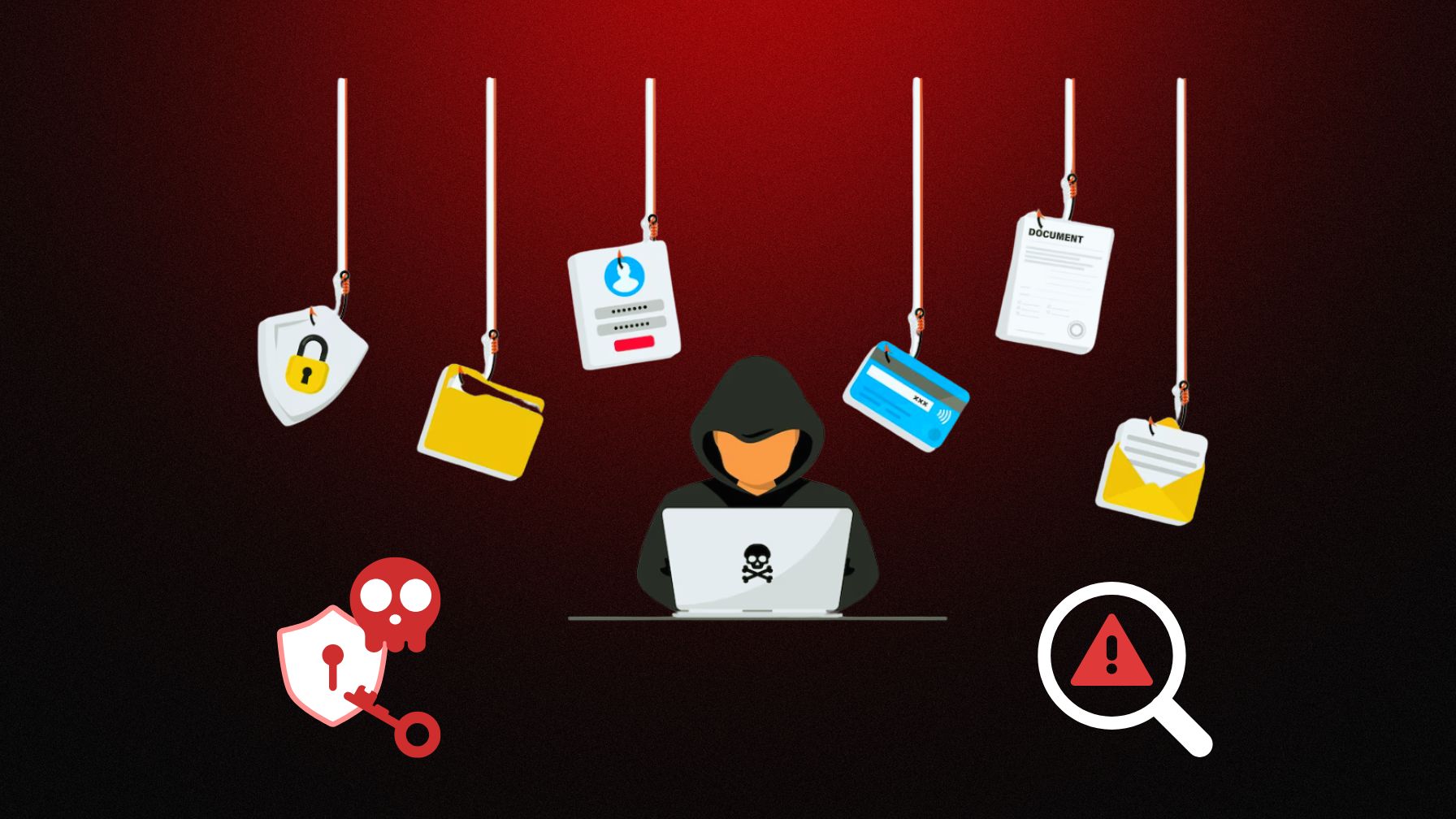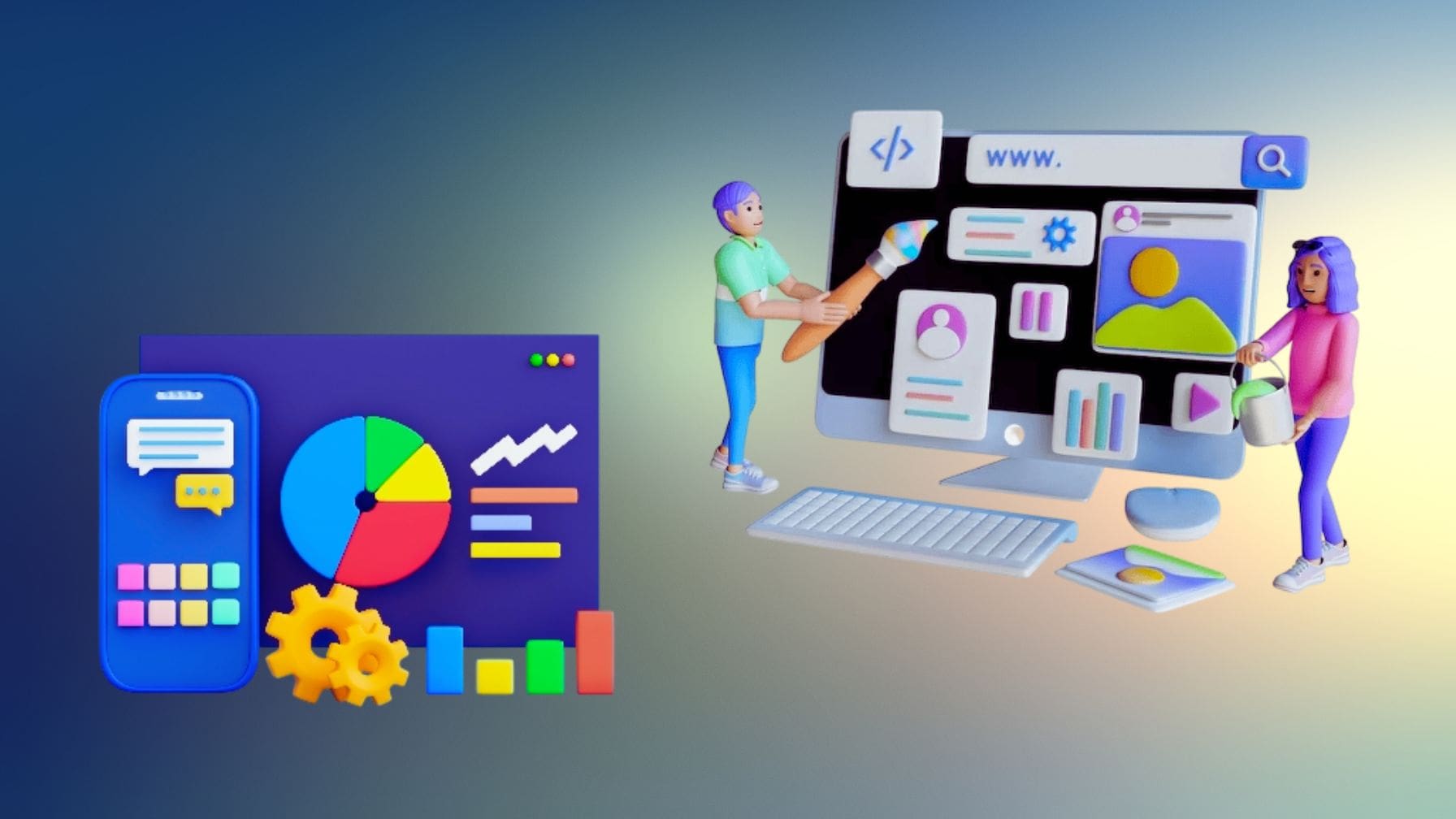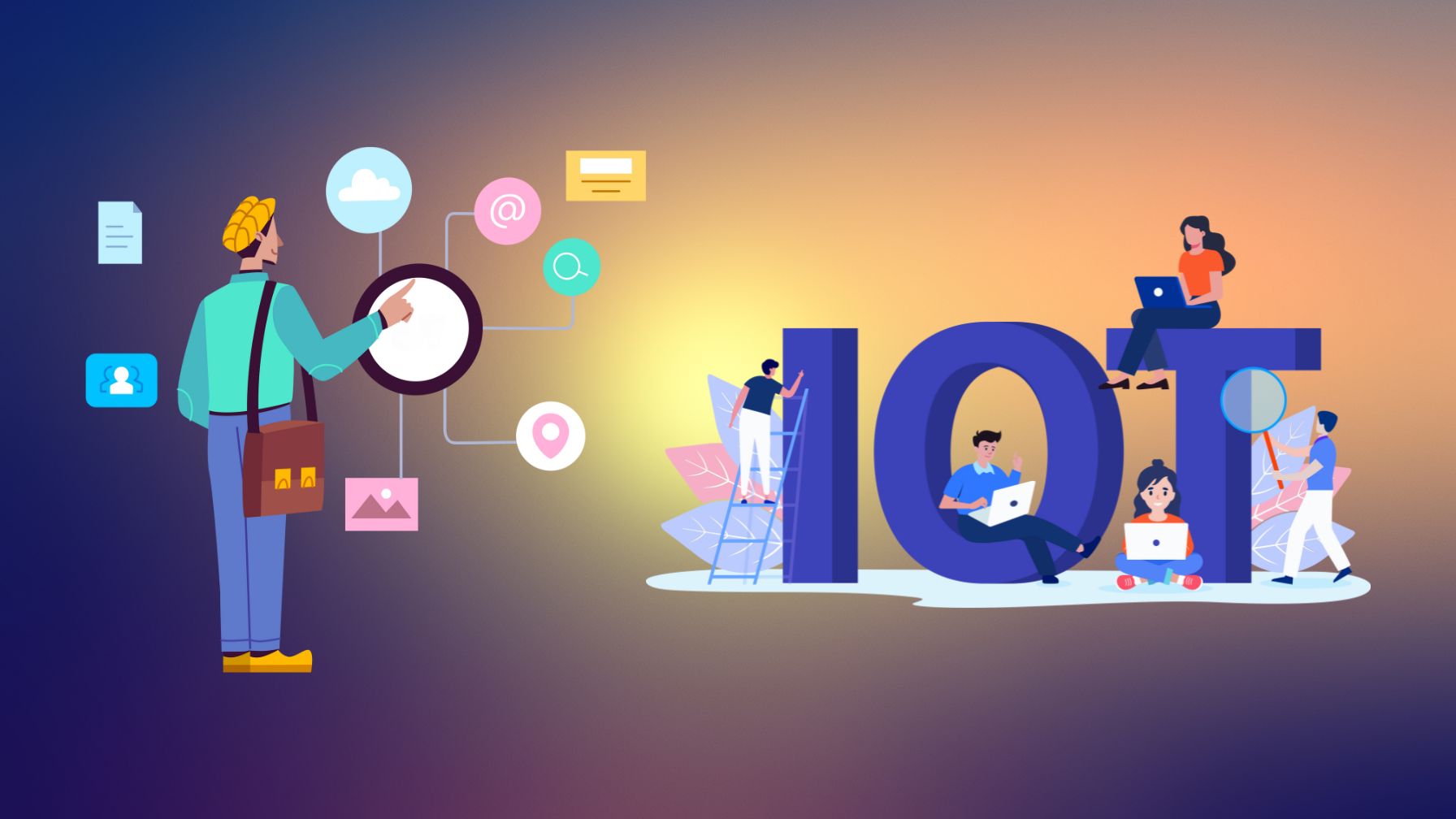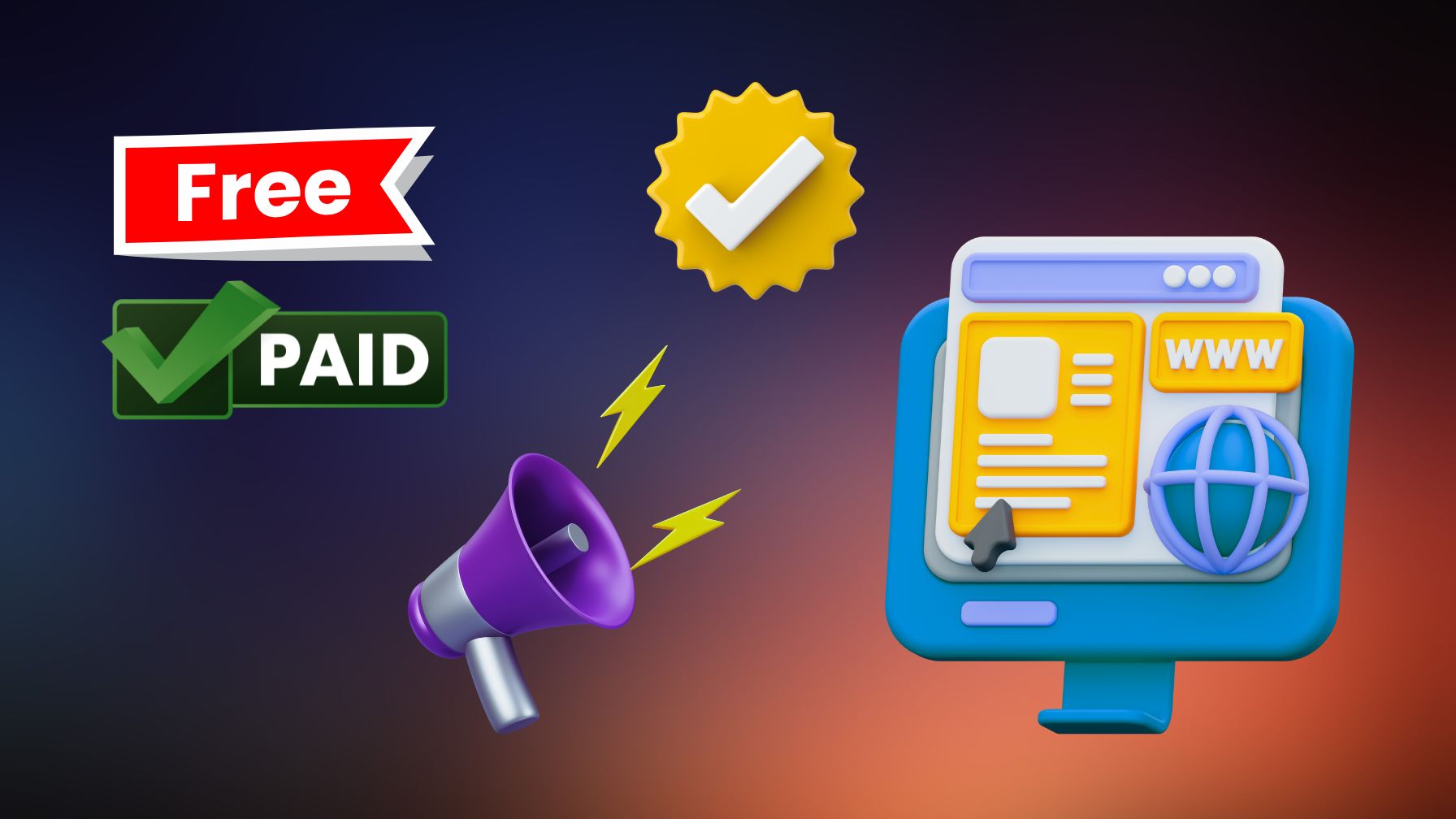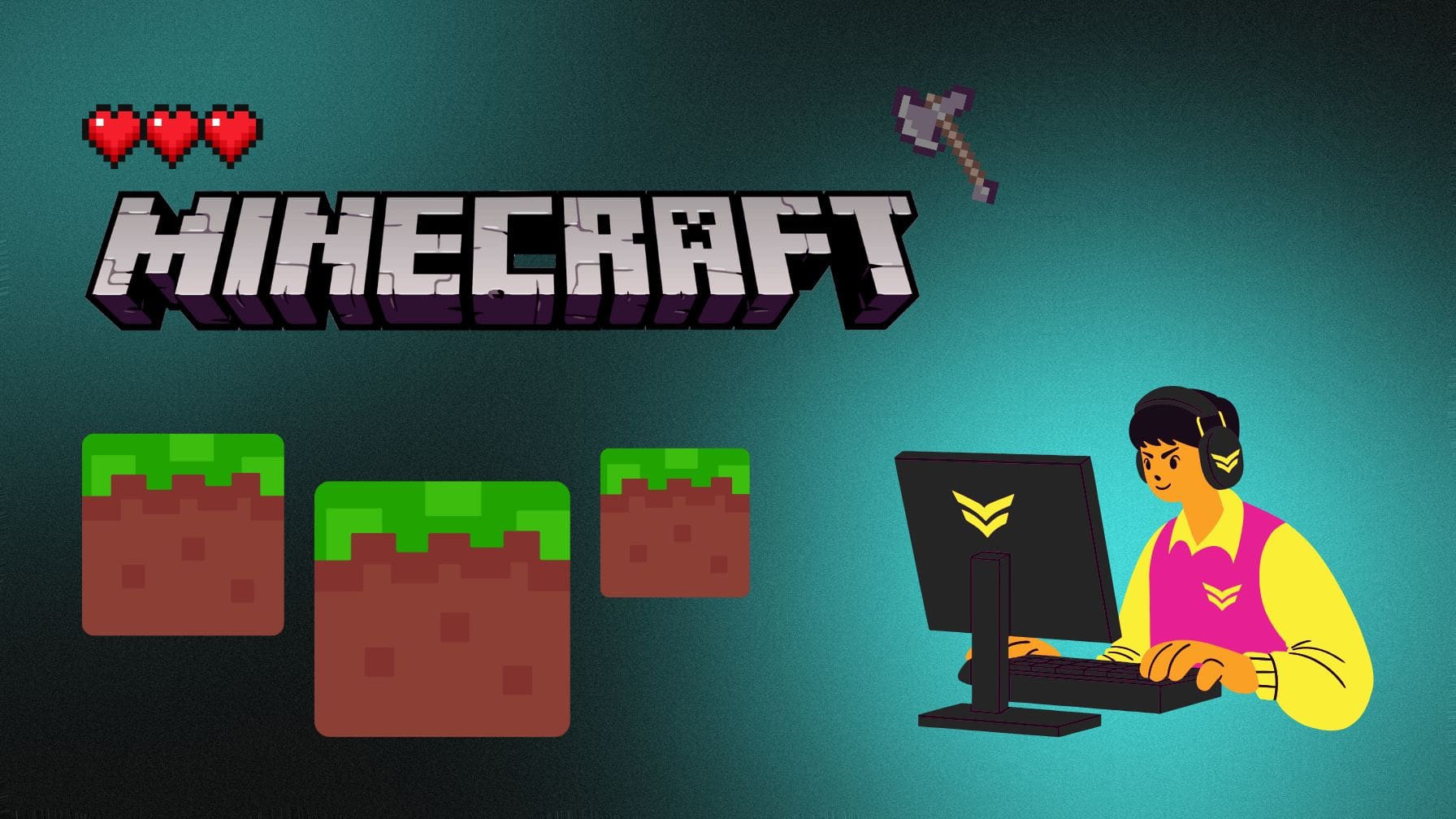Microsoft was one of the first corporations to warn other organizations that the epidemic would permanently alter work practices. Microsoft has adopted remote work both in practice and products regarding how and where its workers get the job done two years later. Microsoft is making modifications to the Microsoft PowerPoint, Teams, Outlook, and even Surface hardware to better support the hybrid possibilities of office and remote work.
As more companies return to offices and think about the possibility of a mixture of office and remote work, Microsoft is updating the Outlook service to make it easier to know whether or not colleagues intend to attend meetings in person. In Q2, a new RSVP feature for Outlook service will be available on public preview in the web version of Outlook, which allows meeting participants to choose whether to attend virtually or in person.
“This will be just one aspect which I believe will aid employees in understanding who’s at the office and how to improve those meeting experiences,” says Nicole Herskowitz, Vice President for Microsoft Teams, in an interview with the media. The feature does not seem to be more comprehensive than Gmail’s work location feature; however, Shiraz Cupala, the general manager of Microsoft Teams, says to media that the company is looking at “how we display that at-a-glance view throughout your day or week.”
When people attend the Microsoft Teams meeting, many enhancements are coming to make it easier for remote participants. A new Front Row layout is introduced in Teams today, and it moves the video gallery to the bottom of the screen so that people physically present in the meeting room can view their colleagues face to face. Microsoft Company has promised this layout for around one year, and it is a significant aspect of the company’s vision for the future of meeting rooms.
Similarly, Microsoft is improving the companion gadget experience for Teams Rooms so that in-person attendees can join meetings with their gadgets and be prompted to turn on their video so that remote attendees can see them better inside the meeting room. “There are approximately 90 million conference rooms globally, but only around 8% are video-enabled,” explains Nicole Herskowitz.
Loop components are another essential feature of Microsoft’s vision for the future of work. Microsoft Loop components are self-contained chunks of collaborative Office content that may be shared, copied, and pasted with others. Imagine taking notes during Teams meetings and then putting them into an email, but the notes keep updating every time as other people change them within email and Teams.
It’s an impressive concept previously known as Fluid, which Microsoft has been promising for several years. Since appearing within Teams beginning in January of this year, Loop parts appear in Outlook mail, connecting Microsoft’s primary communication tools.
Microsoft’s hybrid approach to work would not be complete without some enhancements to the PowerPoint. The recording and new cameo feature of PowerPoint are now merged. The recording studio allows you to record your voice on any slide, while cameo lets you incorporate Microsoft Teams camera into your slide deck for presentations. Both are designed to enhance meeting efficiency for remote workers, and the combination is expected to be available by the end of Q2.
Also coming in Q2 are some enhancements for Microsoft Whiteboard in Teams. If you’ve not used Whiteboard is essentially an empty canvas to brainstorm, but it’s challenging to figure out how to visualize your thoughts. Microsoft has now added hundreds of templates, so it’s easier to begin jotting down your ideas. There are new contextual reactions to get immediate feedback from your coworkers.
Improvements to the Microsoft Whiteboard in Teams are also coming in Q2. If you have not used the Whiteboard before, it is simply a blank canvas for brainstorming, but deciding how to portray your thoughts graphically can be tricky. Microsoft has included over 50 new templates to make it easier to start writing down ideas and new contextual reactions for rapid input from the colleague.
Microsoft’s all product updates can be influenced by their research data from more than 30,000 employees worldwide.
These product updates were influenced by Microsoft‘s research findings collected from more than 30,000 employees worldwide. Microsoft’s latest work trends index offers insights into employees’ thoughts about the concept of hybrid work.
“We have observed through our research that over 50% of employees are more likely to put wellbeing and health overwork than before the corona outbreak,” declares Herskowitz. Microsoft’s data shows 18% of workers left their jobs in the last year, and many believe that work-life balance, wellbeing, and flexibility are essential over salary concerns.
The challenge for companies today is to create offices that are profitable and also to embrace flexible working. “Leaders should ensure their office is worth the travel,” says Nicole Herskowitz. Many employees will have to choose to go to an office when it’s appropriate and else work from home. So Microsoft’s adjustment to the way Teams operates is a welcome improvement to ensure that remote employees are treated as equally important as those who attend in person.
Microsoft is currently preparing to demonstrate how it is shaping Windows for hybrid work. The software company is planning an event on the 5th of April that will focus on the latest features for security and productivity enhancements to Windows 11 that reflect the changing reality of remote and office work. Many of us are currently facing this.

